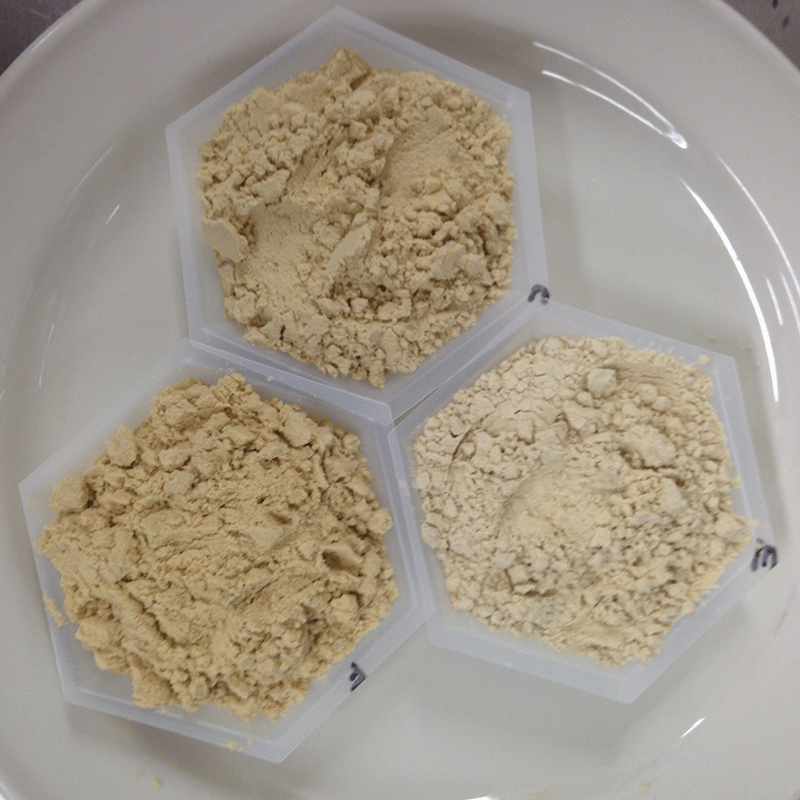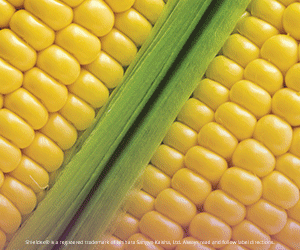New food uses for soybean meal
FOOD RESEARCH WILL EXPAND MARKETING OPPORTUNITIES
SOYBEANS ARE WELL-KNOWN for their versatility. Whether consumed by people or animals, or used in an industrial setting, the products that can be generated from the soybean are seemingly endless. Not only are soy products efficient — using the entire soybean in most processes — but they are environmentally friendly, and nutritious for humans and animals.

Soybean oil and soybean meal are the two main products when processing soybeans. Soybean oil is extracted for use in biodiesel, food, plastics, and more. Soybean meal is what remains after oil is extracted; the majority of soybean meal is used for animal feed. However, there is interest in finding novel uses for the leftover soy press cake, or soybean meal.
“The soy press cake contains protein, fibre, residual oil, and health-promoting micronutrients that could be used in the development of functional foods,” says Alphonsus Utioh, manager, research and development, for the Food Development Centre. “Soy press cake is high in protein and can help in the development of health-promoting food products for consumers.”
The Food Development Centre in Portage La Prairie, Manitoba, has been investigating processing methods that could be used to create a higher protein, more valuable soy press cake, as well as the efficacy of these methods to develop ingredients for a functional food prototype.
CREATING A FUNCTIONAL FOOD
Functional foods are foods demonstrated to have physiological benefits and/or reduce the risk of chronic disease beyond basic nutrition functions. The biologically active components in soybeans and in soy press cake may reduce chronic disease risk, like cardiovascular disease. Soy helps lower cholesterol, and the consumption of 25 grams of soy protein per day may reduce the risk of heart disease.
Soy press cake sourced from Manitoba processors was assessed for physical and chemical characteristics, including colour, particle size, and protein, fat, carbohydrate, ash, and moisture content. Then, press cake was hammer-milled and underwent five different pre-treatments to obtain a protein-rich fraction. The pre-treated press cakes were hammer milled again and dry-fractionated to separate components. Particle size distribution was determined for each pre-treated soy press cake; select pre-treated fractions were analyzed for protein content, and selected for product development.
Four soy press cakes were further assessed and developed for food application. The soy press cakes, now pre-treated flours, were assessed for suitability in a soy protein shake. Each were graded on their solubility, visual appearance, aroma, texture, and flavour. Overall, the ethanol treated soy press cake was the most desirable, with its light aroma, smooth texture, and clean flavour, as well as being the highest in protein content. More ethanol-extracted soy press cake will be produced for further product development.
In an effort to decrease the “beany” flavour in most soy press cakes, kefir and yogurt cultures were added to the hammer milled, untreated press cake. This additional pre-treatment could increase product development potential of soy press cake.
FILLING A NICHE
According to Utioh, positioning the soy cake as a safe, functional, and nutritious ingredient would allow its use in various products such as smoothies, bars, beverages, and bakery products in the food industry. In this project, a smoothie will be developed using the soy press cake as an ingredient which will be marketed to consumers.
“Soy press cakes have the opportunity to be marketed as gluten free, vegan, and high in protein content. All of these food trends are very popular right now,” adds Lindsey Boyd, process development consultant at the Food Development Centre. “Creating another avenue for soy products to meet this demographic can only be beneficial.”
MORE USES EQUAL MORE MARKET OPPORTUNITIES
This research will provide soybean processors in Ontario and across Canada the knowledge and information necessary to promote and market soy processing by-products to the food industry. Food use of soybean processing by-products would add higher value to the grain while helping existing soy processors in Ontario and Canada increase their return on oil extraction investment. Finding markets for by-products and adding value could encourage new entrepreneurs to set up soy processing enterprises, which would further benefit the growers and all those involved in the soybean value chain.
The project’s use of commercial soy press cake from Ontario and Manitoba processors demonstrates total utilization of soybean through oil extraction to utilization of the press cake in the development of food products. Utioh projects that soybean oil processors will recognize a higher value for their press cake which will lead to increased capacity and increased demand for soybeans.
The project is expected to be completed by March 2016. The Food Development Centre will be working with NuEats in Manitoba to introduce the soy press cake smoothie product to consumers within two years of project completion.
This project was funded in part by Grain Farmers of Ontario. •







